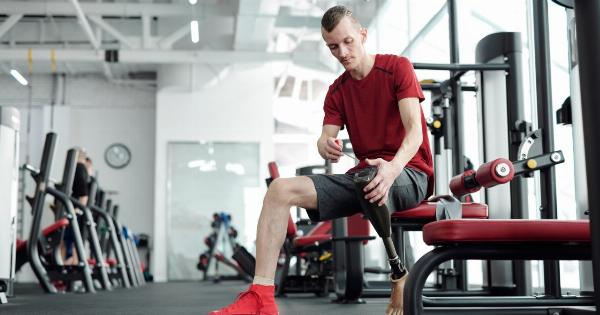The abdominal muscles, also known as the abs, are one of the most frequently trained areas of the body. These muscles are responsible for stabilizing the spine, flexing the torso, and rotating the trunk.
However, not all abdominal muscles are created equal. Some require different exercises and training techniques to be developed properly. In this article, we discuss the differences between the mini and great abs and how to train them effectively.
Mini Abdominal Muscles
The mini abdominal muscles, also known as the transverse abdominis, are considered the deepest of the abdominal muscles. These muscles run horizontally across the abdomen, providing stability to the spine and pelvis.
The transverse abdominis also plays an essential role in supporting the organs within the abdominal cavity. If the transverse abdominis is not developed, it can lead to back pain and poor posture.
To train the mini abdominals, exercises such as the plank and the bird dog are effective. These exercises activate the transverse abdominis by requiring the muscles to engage to maintain stability.
The plank exercise is done by supporting the body in a push-up position with the weight supported on the forearms and toes. The bird dog exercise involves being on all fours, and slowly extending one arm and the opposite leg without tilting the pelvis.
Great Abdominal Muscles
The great abdominal muscles or the rectus abdominis is the most visible abdominal muscle. It is responsible for creating the “six-pack” appearance in individuals with low body fat percentages.
The rectus abdominis extends vertically from the sternum to the pubic bone, flexing the torso, and compressing the abdominal cavity.
Although exercises such as sit-ups and crunches activate the rectus abdominis, they do not necessarily develop the muscle fully. Performing exercises that work the rectus abdominis through a full range of motion can be more effective.
Leg raises are a great exercise for developing the rectus abdominis as they involve lifting the legs while lying flat on the back. This movement engages the rectus abdominis fully while challenging it through its full range of motion.
Workouts For Abdominal Muscles
Effective training of abdominal muscles requires incorporating exercises that target all the abdominal muscles. The following exercises are great for developing the mini and great abdominal muscles:.
- Planks
- Crunches
- Sit-Ups
- Lunges with Rotation
- Bird Dog
- Leg Raises
It is crucial to focus on proper form while performing exercises to engage the intended muscles and prevent injury. It is also vital to increase intensity gradually to avoid overworking the abdominal muscles.
Conclusion
Understanding the differences between the mini and great abdominal muscles can help individuals train these areas more effectively. Developing both muscle groups is essential for optimal core strength, stability, and posture.
Incorporating exercises that focus on each muscle group can lead to visible results and a stronger core.




























